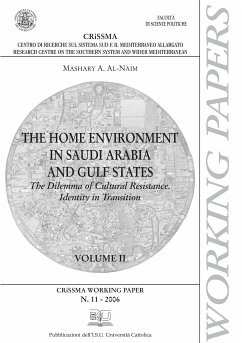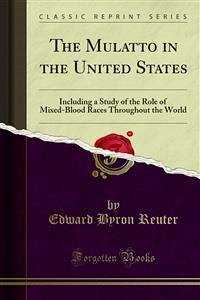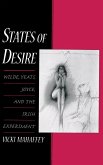In the previous volume we have discussed how the local people in the traditional home environment expressed their perceptual and associational identities. We found that people had produced a harmonised visual and spatial environment. Every space in the traditional home environment was ranked and classified by the inhabitants either as symbolic or utilitarian. There was a high compatibility between people and their home environment. Every form had a meaning. The decoding of perceptual and associational meanings in the traditional home environment always led to a collective understanding of spaces and images.
Bitte wählen Sie Ihr Anliegen aus.
Rechnungen
Retourenschein anfordern
Bestellstatus
Storno









